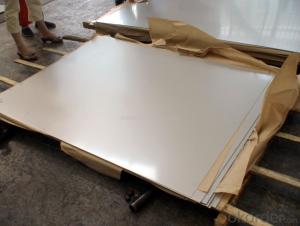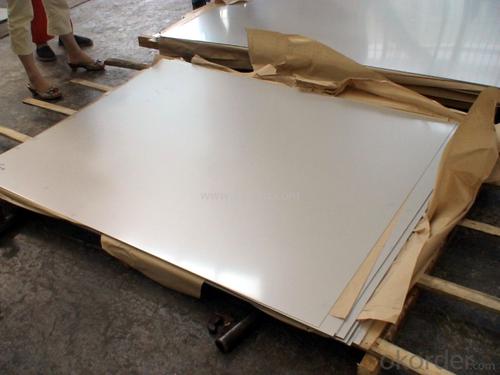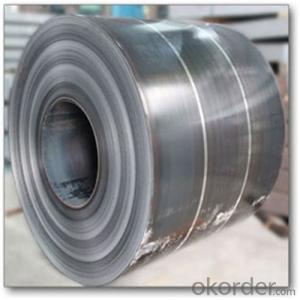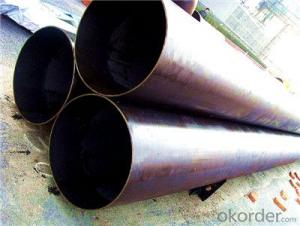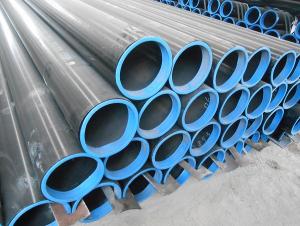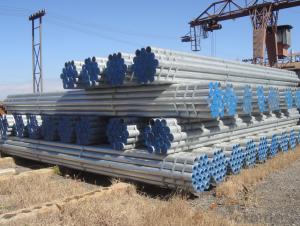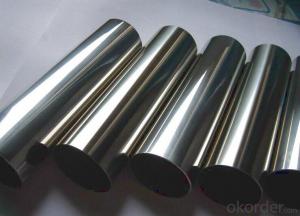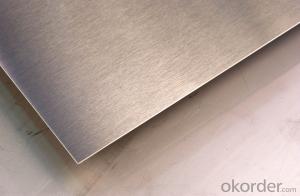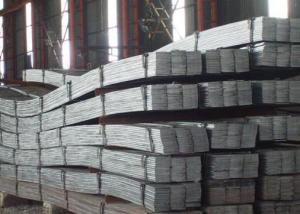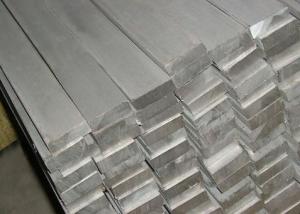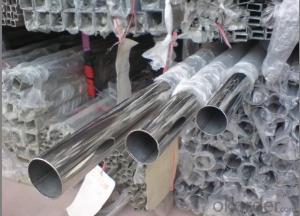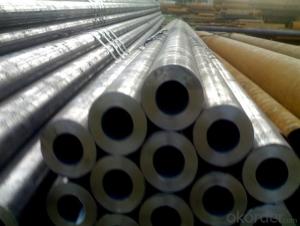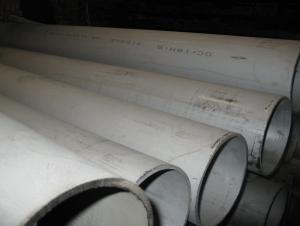ASTM Competitive price hot rolled 316l stainless steel plate
- Loading Port:
- Tianjin
- Payment Terms:
- TT OR LC
- Min Order Qty:
- 100 kg
- Supply Capability:
- 1000 kg/month
OKorder Service Pledge
Quality Product, Order Online Tracking, Timely Delivery
OKorder Financial Service
Credit Rating, Credit Services, Credit Purchasing
You Might Also Like

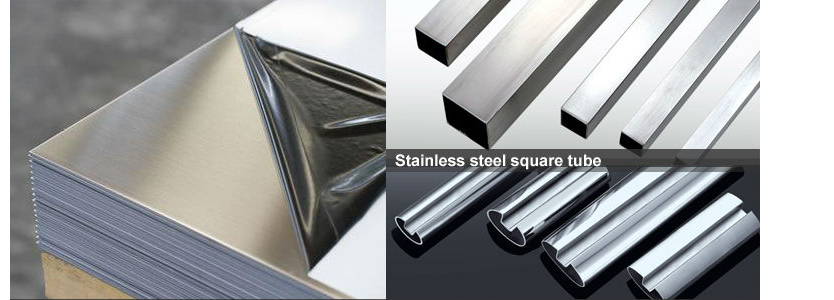
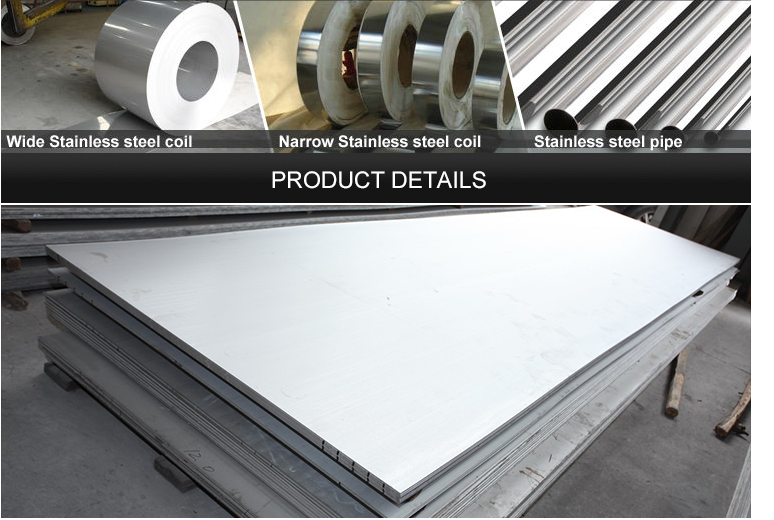


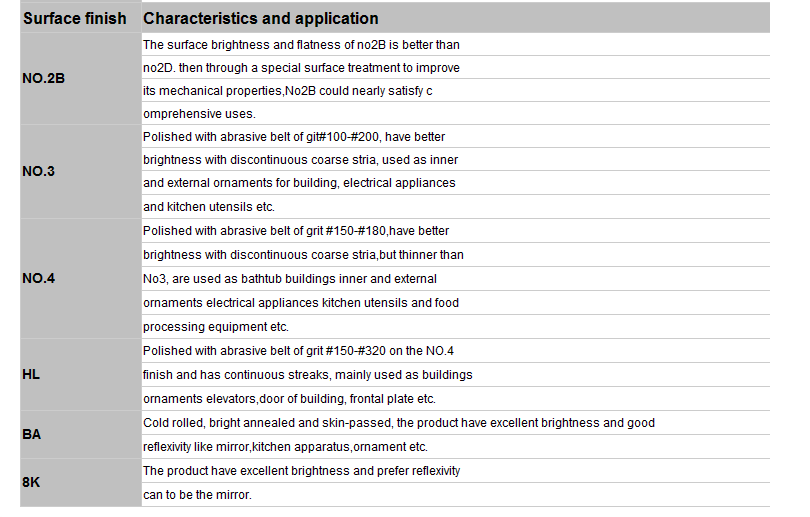
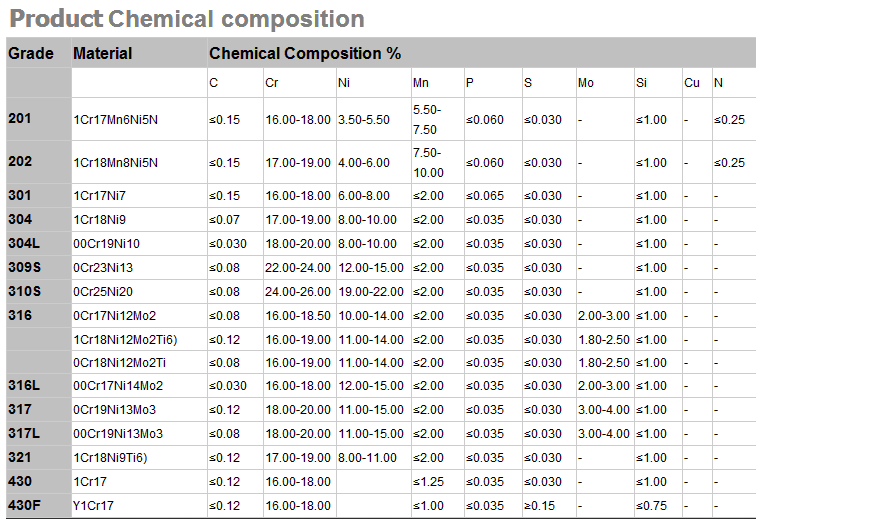

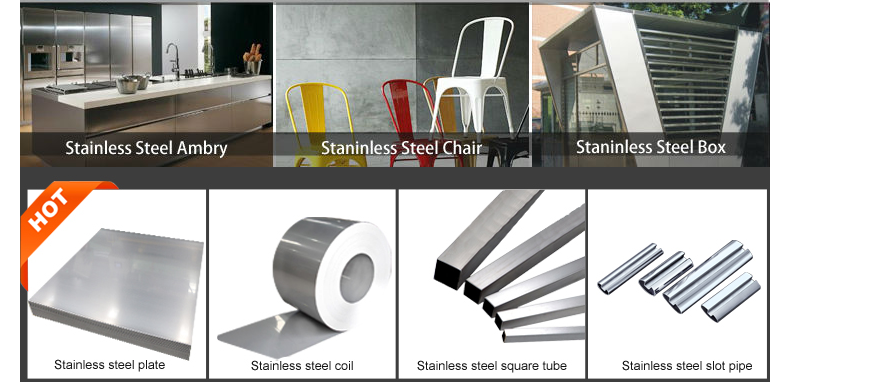
- Q: Can stainless steel pipes be used for sewage systems?
- Yes, stainless steel pipes can be used for sewage systems. Stainless steel is a highly durable and corrosion-resistant material, making it suitable for various applications, including sewage systems. Stainless steel pipes are capable of withstanding the harsh elements found in sewage, such as corrosive chemicals, high temperatures, and abrasive solids. Additionally, stainless steel pipes have a smooth surface, which minimizes the risk of clogs and blockages in the sewage system. This makes stainless steel pipes a reliable and long-lasting choice for sewage systems, ensuring efficient and effective waste disposal.
- Q: Can stainless steel pipes be used for hygienic applications?
- Indeed, hygienic applications can utilize stainless steel pipes. In industries such as food and beverage, pharmaceuticals, and biotechnology, where cleanliness is paramount, stainless steel is a highly durable and corrosion-resistant material commonly employed. The smooth surface of stainless steel pipes hinders the growth of bacteria and other microorganisms, making them an appropriate choice for applications that require cleanliness. Furthermore, their smooth surface facilitates easy and thorough cleaning, thereby minimizing the risk of contamination. Furthermore, stainless steel pipes do not react with substances and do not release any harmful materials into the products being transported. This characteristic makes them particularly suitable for applications that demand sanitary conditions, such as in the production and transportation of food, beverages, and pharmaceuticals. Additionally, stainless steel pipes exhibit exceptional resistance to high temperatures, chemicals, and corrosion, thereby guaranteeing the integrity of the system and preventing any contamination or leaks. They are also highly durable and can withstand harsh operating conditions, making them a dependable option for hygienic applications. To summarize, stainless steel pipes possess the necessary attributes, including durability, corrosion resistance, smooth surface, ease of cleaning, and non-reactivity, to cater to hygienic applications. They offer a reliable and sanitary solution for industries that prioritize hygiene.
- Q: What is the difference between 904L and 2205 stainless steel pipes?
- 904L and 2205 stainless steel pipes differ in their composition and properties. 904L is a high-end austenitic stainless steel with low carbon content and high levels of nickel and molybdenum. It offers exceptional resistance to corrosion, especially in aggressive environments such as sulfuric acid. On the other hand, 2205 is a duplex stainless steel that combines the benefits of austenitic and ferritic stainless steels. It has a higher strength and better resistance to stress corrosion cracking compared to 904L. Additionally, 2205 has good resistance to pitting and crevice corrosion, making it suitable for applications in marine and chloride-containing environments. Overall, the choice between 904L and 2205 stainless steel pipes depends on the specific requirements of the application, including the level of corrosion resistance and mechanical properties needed.
- Q: Can stainless steel pipes be used for steam applications?
- Yes, stainless steel pipes can be used for steam applications. Stainless steel is known for its high temperature resistance and corrosion resistance, making it suitable for steam systems. It can withstand the high pressure and temperatures that steam applications require without deforming or corroding. Stainless steel pipes are also durable and have a long lifespan, making them a reliable choice for steam applications. Additionally, stainless steel pipes can be easily welded, ensuring a secure and leak-free steam system.
- Q: Can stainless steel pipes be insulated with polyethylene?
- Yes, stainless steel pipes can be insulated with polyethylene. Polyethylene is a commonly used insulation material for pipes due to its excellent thermal properties and high resistance to moisture. It provides effective insulation to prevent heat loss or gain from the pipe, which is important for applications that require temperature control. Additionally, polyethylene is lightweight, flexible, and easy to install, making it a suitable choice for insulating stainless steel pipes. However, it is essential to ensure that the polyethylene insulation is compatible with the specific type of stainless steel being used to avoid any potential chemical reactions or corrosion.
- Q: What is the difference between 304J6 and 316J6 stainless steel pipes?
- The main difference between 304J6 and 316J6 stainless steel pipes lies in their composition and properties. 304J6 stainless steel is a low carbon variation of the popular 304 stainless steel. It contains around 18% chromium and 8% nickel, which provides excellent corrosion resistance and durability. This grade is commonly used in various applications, including food processing, chemical processing, and architectural purposes. On the other hand, 316J6 stainless steel is an austenitic stainless steel grade known for its higher corrosion resistance compared to 304J6. It contains around 16-18% chromium, 10-14% nickel, and 2-3% molybdenum. The addition of molybdenum enhances its resistance to pitting and crevice corrosion in chloride environments, making it suitable for marine and coastal applications. In terms of mechanical properties, both grades offer good strength and toughness. However, 316J6 stainless steel typically has higher tensile strength and hardness due to its alloy composition. When it comes to price, 316J6 stainless steel pipes are generally more expensive than 304J6 due to the higher cost of molybdenum. Therefore, the choice between the two grades depends on the specific requirements of the application and the level of corrosion resistance needed.
- Q: Can stainless steel pipes be cut to length?
- Yes, stainless steel pipes can be cut to length. Stainless steel is a versatile material that can be easily cut using various methods such as sawing, cutting wheels, or plasma cutting. The specific method used will depend on the thickness and diameter of the pipe, as well as the desired precision of the cut. It is important to use the appropriate tools and techniques to ensure a clean and accurate cut.
- Q: Are stainless steel pipes suitable for fertilizer production?
- Indeed, stainless steel pipes are a fitting choice for the production of fertilizers. The advantages they offer make them a preferred option for use in the fertilizer industry. To begin with, stainless steel pipes possess a high resistance to corrosion, which is particularly crucial in fertilizer production. Chemicals and substances used in this process, such as ammonia, sulfuric acid, and phosphoric acid, can be highly corrosive. Stainless steel pipes can endure the corrosive effects of these substances, ensuring the longevity and integrity of the piping system. Moreover, stainless steel pipes exhibit excellent strength and durability, enabling them to withstand the high pressures and temperatures commonly encountered in fertilizer production processes. This guarantees the secure and efficient transport of fertilizer materials within the production plant. Furthermore, stainless steel pipes are hygienic and easy to clean, which is essential for maintaining the purity of fertilizer products. The smooth surface of stainless steel resists the accumulation of bacteria, dirt, and other contaminants, ensuring that the pipes do not contaminate the fertilizer during production. Lastly, stainless steel is an environmentally friendly and sustainable material. It is fully recyclable, making it a more sustainable choice when compared to other pipe materials. Additionally, stainless steel has a long lifespan, reducing the need for frequent replacements and minimizing waste. To summarize, stainless steel pipes are highly suitable for fertilizer production due to their resistance to corrosion, strength, durability, hygienic properties, and environmental benefits.
- Q: Can stainless steel pipes be used for gas distribution?
- Gas distribution can utilize stainless steel pipes since they are highly durable and resistant to corrosion. This material is suitable for various applications, including gas distribution systems, thanks to its excellent resistance against the damaging effects of gases and moisture. By using stainless steel pipes, the gas distribution network can maintain its integrity and ensure safety. Moreover, these pipes possess high tensile strength, enabling them to withstand the high pressure and temperature conditions often encountered in gas distribution. Furthermore, stainless steel is non-reactive and does not release harmful substances into the gas stream, which makes it a reliable option for transporting gases. In conclusion, stainless steel pipes are the preferred choice for gas distribution due to their durability, corrosion resistance, and adherence to high safety standards.
- Q: Are stainless steel pipes suitable for high-temperature applications?
- Yes, stainless steel pipes are suitable for high-temperature applications. Stainless steel has excellent heat resistance properties and can withstand extreme temperatures without losing its structural integrity. It is commonly used in industries such as power generation, oil and gas, chemical processing, and aerospace, where high-temperature environments are prevalent.
Send your message to us
ASTM Competitive price hot rolled 316l stainless steel plate
- Loading Port:
- Tianjin
- Payment Terms:
- TT OR LC
- Min Order Qty:
- 100 kg
- Supply Capability:
- 1000 kg/month
OKorder Service Pledge
Quality Product, Order Online Tracking, Timely Delivery
OKorder Financial Service
Credit Rating, Credit Services, Credit Purchasing
Similar products
Hot products
Hot Searches
Related keywords
